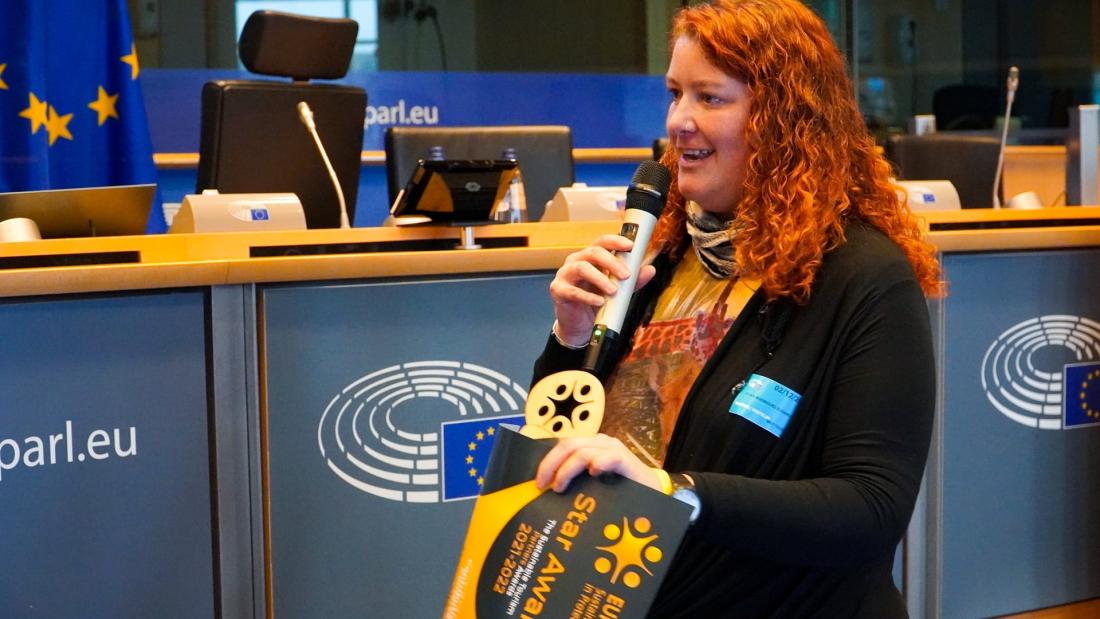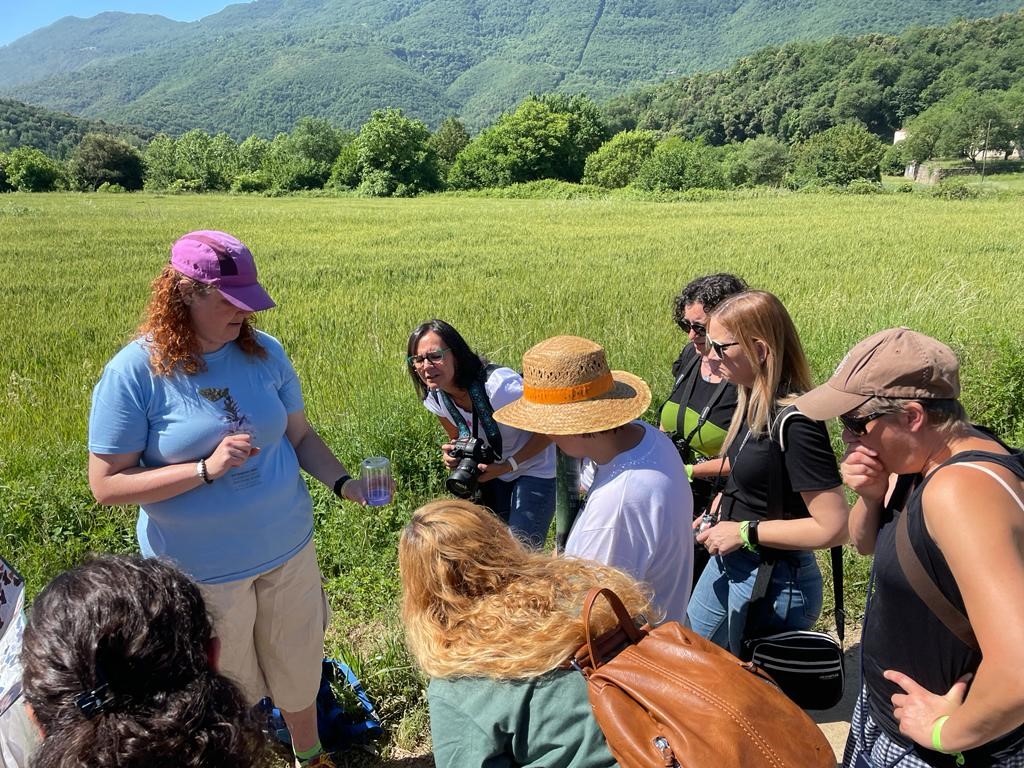MEDUSA highlights storytelling as a pillar of adventure

This article forms part of a series of publications under MEDUSA project to promote less-known natural and cultural touristic assets in our partner territories Jordan, Lebanon, Tunisia, Puglia (Italy) and Catalonia (Spain).
Enjoy reading and hope to welcome you soon at one of the wonderful places you will get to know here.
Beth Cobo is a sustainable tourism consultant from Catalonia at the company Trescàlia, an incoming travel agency specialized in the sale of package tours for groups and individuals in the region of Pyrenees-Costa Brava, in Catalonia. Recently, her company and herself have been declared the winner of the Star Awards of Europarc 2021-2022 in the category of Contribution to Preservation for her package "Walking on the landscape". It is a product that follows all the sustainability criteria of the European Charter for Sustainable Tourism in Protected Areas.
In this interview Cobo will share her insights on sustainable and Adventure Tourism in the Mediterranean, as well as her experiences as collaborator of the MEDUSA project.

What is your main contribution and participation in the MEDUSA project?
As part of the MEDUSA project, Beth Cobo was asked to conduct a training of trainers and guides with a great focus on sustainability. Noting that most guides have a background in the tourism industry as they know the area, most are working outdoor and are in contact in nature, and due to the issues with climate change the world is facing today as well as the Sustainable Development Goals, Cobo believes it is important to think about how guides can contribute to the conservations and preservation of nature by working on storytelling. Guides and tourism agencies must sell the story that links the landscapes, the sensations and the experience all together. Cobo says: “Sustainability means the preservation of the environment, the communities and the economy”. During the training she gave three simple steps to promote that. At the office, one must not print everything, but take advantage of the digitalization and on the other hand explain to tourists the history and the reason why we must preserve the landscapes during the activities and this preserves the environment. Step two is getting involved in local projects that support local communities. Finally, when going on an activity that requires a packed lunch for example, guides must suggest to the visitors where to find local products in order to support local economies. This model can be applied in all countries of the Mediterranean and the world.
How do you think Adventure Tourism contributes to sustainable tourism practices?
“The Mediterranean region has a lot to offer, especially due to the 3S model (Sun, Sea and Sand) and this is why tourists love this region and come back to visit it”. However, Cobo believes that the region can offer much more. “We have to be proud of the area we live in and we must improve the knowledge of it. We must take initiatives and prepare tourism packages to show the world what we have. We must sell our products in a better way thinking while focusing on sustainability.”

What things should an adventure tourism project consider when wanting to attract adventure travelers?
Cobo considers that most travelers seek adventure activities not only for the adrenaline, but rather to have an unforgettable experience in the area that will have an impact on their lives forever. Thus, it is important to shed the light on the story behind the activity and the location. It is certainly important to know the details of the activity (duration of the trip, the location, the landscapes etc.) but what is most important is the story behind it that links everything together. This is why Cobo believes that storytelling is the main pillar of Adventure Tourism. The Mediterranean region has a good reputation when it comes to tourism, but storytelling is a key tool that is often forgotten.
Can you tell us more about the Europarc Star Awards 2021-2022 and your proposal?
Sustainability is at the heart of Trescàlia and they are paving the way for other businesses to develop sustainable tourism offerings. The Catalan Institution of Natural History and Trescàlia have entered into a collaboration agreement to monitor a variety of plants and animals, including butterflies, alongside their clients. Additionally, Trescàlia provides visitors with multiple-day packages that include volunteer and nature-friendly activities such as a trip to the Natural Park's visitor center, cultivating or harvesting local fruits, birdwatching, and other activities where visitors are able to gain a comprehensive understanding of the natural area and actively participate in its conservation as a result of this. Trescàlia also works hard to provide year-round tourism that is well-spread throughout the natural area. They focus more on lesser-known where the guides tell the visitors the importance of sustainable tourism and the preservation of the area in order to promote a positive impact on the area and this is why Trescàlia has won the Star Awards' "Contribution to Conservation".









